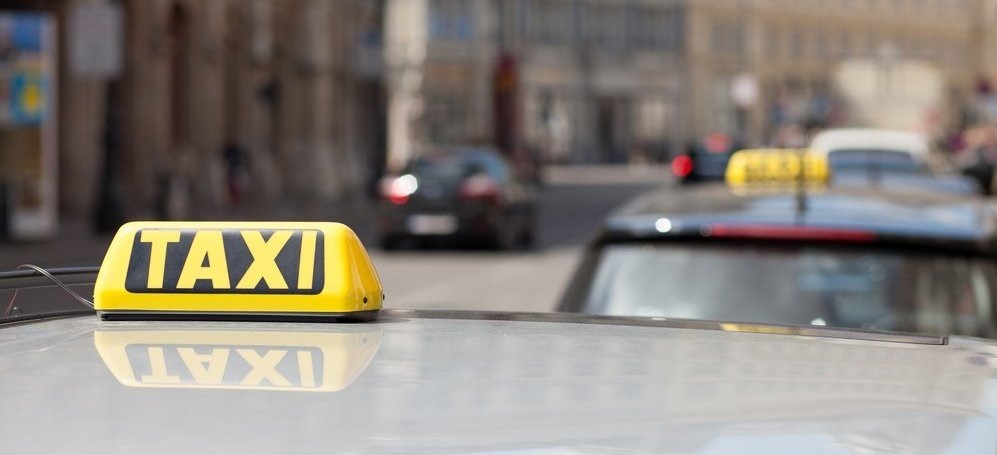Uber, Ola Are Failing To Convince Indians: 5 Reasons Why They Are Failing In India

For Ola and Uber, the app-based taxi aggregator company, things haven’t been looking good lately. According to an Industry analyst and company insider, the number of daily rides has just improved by 4% in the preceding six months- from 3.5 million to 3.65 million.
While the Ola and Uber India haven’t yet made any comments on the ride statistics.
Although, a spokesperson from Ola said in a statement that their mobility category continued and strengthen to grow with offerings like Ola Autos and Ola Bikes that are now functioning in more than 100 cities across the country.
They are also on working Mission Electric – a commitment to bring more than million electric vehicles on the road by 2021 to increase the number of sustainable mobility in India as well as in the rest of the world.
5 Reasons Ola and Uber Are Slowing Down
- Many of the drivers were lured with a promise of high monetary incentive that can fetch them earning up to Rs 1 lakh per month. But the incentives were drastically cut by around 40%, and the commissions to be paid by “Driver-partner” to the company were increased steeply.
- The average wait time was 2-4 minutes two years ago which has now increased to 12- 15 minutes, along with the higher fare prices of around 15- 20% especially during non-peak hours is driving the customer away.
- The drivers barely make Rs 20,000, even in a city like Bengaluru even after paying a commission of 30%. This has resulted in frequent strikes and hundreds of drivers taking up multiple jobs other than driving
- The cab aggregating platforms are engaged in- “corporate nullification” where they willfully neglect the state laws and regulations in order to serve their self-interest. It has become easier for them as there is no firm regulation in place for monitoring surge pricing and overall cab sharing services offered by the cab aggregators.
- One would expect since the driver partners are working for 14-16 hours shift a day to meet their ends the company would have best practices as far as health and life insurance are concerned. On paper, Ola and Uber might have a tie-up with insurance companies but provisions are not yet clear yet.
Companies Now Betting On Other Business For Profit
In Maharashtra, the number of registered cabs working from Ola and Uber fell from 66,683 in 2017-18 to 24,386 in 2018-19.
Now, both Ola and Uber are betting on other business to grow their profit. With Ola betting on electric mobility on two and three-wheeler segment and the self-drive two-wheeler segment, Vogo to bring in affordability.
Whereas, Uber is rooting for its food delivery platform UberEats, corporate and bike rentals to support its crashing revenues.

Comments are closed, but trackbacks and pingbacks are open.